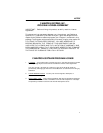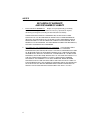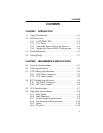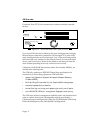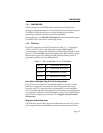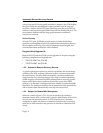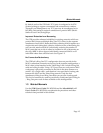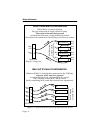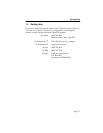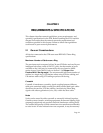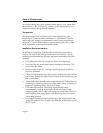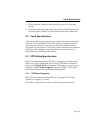
Automatic Beacon Recovery Process
Page 1-4
wrong ring speed. If a ring speed mismatch is detected, the STH disables
the port to keep the misconfigured station isolated from the ring and
provides a simple visible LED signal (blinking red at the port’s LED) to
indicate to the user that Speed Fault Protection has disabled the port. The
port remains disabled until the ring speed mismatch condition is
removed or resolved.
Active Circuitry
On each TCU port, STH hubs provide active circuitry which filters,
equalizes, and amplifies all received signals before transmitting them to
the next point on the ring. The result is enhanced signal integrity and
extended maximum station lobe cable distances.
Daughter Board Upgrade Kit
Both the STH-22 and the STH-42 can be upgraded to 24 ports using the
following daughter board upgrade kits:
• TR-UTP-UGKT for STH-22.
• TR-STP-UGKT for STH-42.
1.2.3 Automatic Beacon Recovery Process
To guard against interruptions in network operations due to beaconing
conditions, the STH supports Cabletron Systems’ advanced Automatic
Beacon Recovery Process which automatically partitions problematic
lobes from the ring, allowing the rest of the ring to continue operating.
(ABRP engages even before the IEEE standard beacon recovery process
begins and is able to treat conditions beyond the scope of the IEEE
process.) It is the stack’s intelligent hub that actually executes the ABRP
algorithm. The intelligent hub also checks partitioned lobes periodically
and re-enables them automatically once they have recovered.
1.2.4 Support for Passive MAU Workgroups
Whereas a station signals a TCU to open its interface by sending a
phantom current down its lobe cable, a passive Multi-Station Access Unit
can not provide phantom current. A TCU Ring Out port is therefore
configured to ignore the absence of phantom current in the connecting
cable and to look instead for the presence of data bits to determine link
status.



